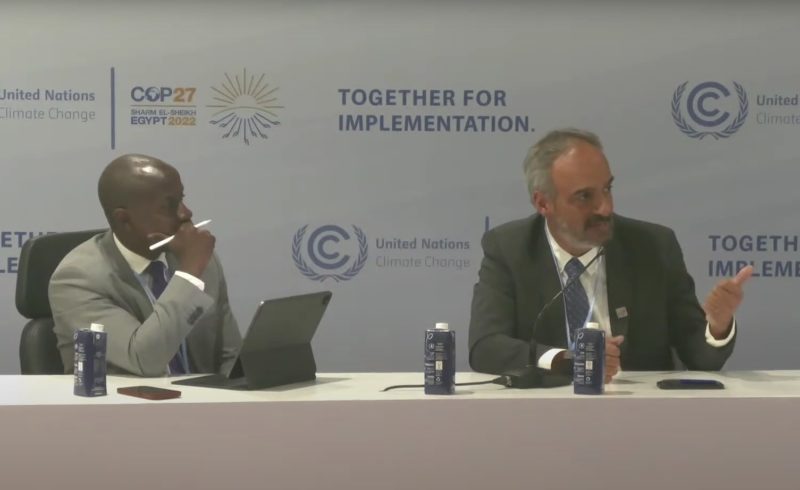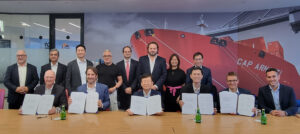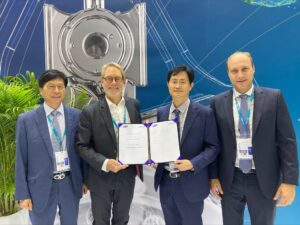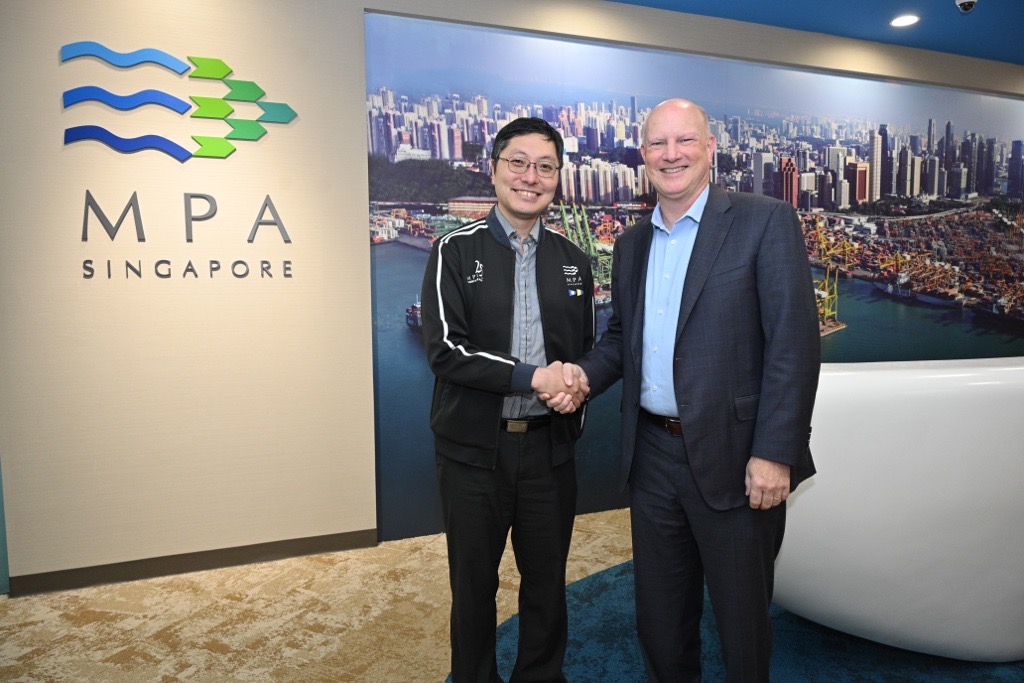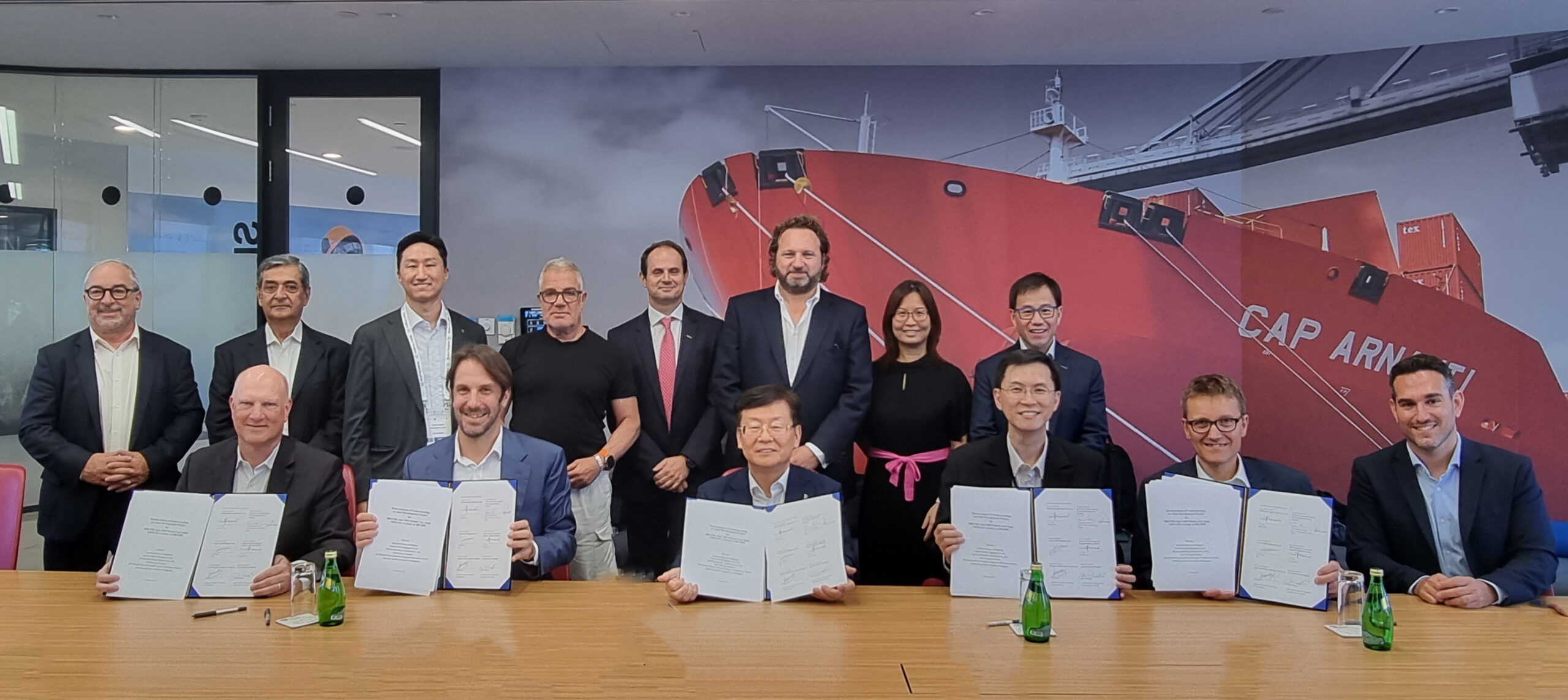Developing countries are vying for investors as shipping’s future fuel demand offers the prospect of sustainable economic growth.
The availability of green hydrogen-based fuels is the greatest challenge on shipping’s path to zero emissions. It is also one of the biggest opportunities for emerging economies looking to harness their huge potential for wind, solar, tidal and hydro-electric energy. In the process they could advance their economies on a sustainable footing, as well as reshaping shipping’s fuel supply and energy trading markets.
The role for developing economies in the production of green fuels was discussed at a COP27 panel organised by IMO, the International Renewable Energy Agency (IRENA), the World Bank and the UN Conference on Trade and Development (UNCTAD). Much of the climate talks in Sharm El-Sheik have focused on the need for fairness. Developing countries are among the most exposed to the effects of climate change, and the least capable of bearing the costs of mitigating it. The panel highlighted how the growing green demand for green fuels could offer these countries an opportunity to redress the balance.
“If we advance the transport decarbonization agenda strategically we will not only make a major contribution to respecting the Paris Agreement’s temperature goals, but also put countries in a position where they can achieve many sustainable development goals,” explained Nicolas Peltier, Global Transport Director, World Bank. “[Green fuel production] is expected to significantly advance economic development and yield climate co-benefits such as jobs, innovation and air quality improvements.”
Developing countries are preparing to seize the opportunity. Namibia, for example, is aiming to become a hub for hydrogen production and export. At COP27, Netherlands announced climate funding of US$544 million for the country, including supporting the development of its green fuel strategy and infrastructure. According to Namibia’s Presidential Economic Policy Advisor, James Mnyupe, the first step governments must overcome is the potential discomfort of being a first mover in a nascent industry.
Diversified economies
“We identified the potential to incubate a synthetic fuels industry as a key enabler for the diversification of our economy,” he said. “We then began to profile ourselves as an exporter and came to the realisation that we couldn’t do that alone. So we started partnering with various other countries as quickly as we could.”
The government also understood that a portfolio of activities was needed to spur development, again drawing on expertise both within and beyond Namibia. It mandated universities to develop a Green Hydrogen Research Institute to train people in the skills needed for decarbonisation, with support from overseas institutions. And it held government talks with Netherlands and Belgium that led to the Namibian ports authority Namport reaching cooperation agreements with the ports of Rotterdam and Antwerp on developing a hydrogen supply chain.
COP27 host Egypt is also focusing on building green infrastructure, leveraging its biggest maritime asset. The Suez Canal offers a strategic link between Asia and Europe that the Egyptian government plans to use as the base for an industrial complex developing clean fuels as well as the products needed to harness green energy, including solar panels and wind turbines.
Rear Admiral Reda Ahmed Ismail, First Under Secretary of the Department of Transport, referenced an agreement for green fuel production in cooperation with Maersk and Siemens that was due to be signed at COP27. The two companies are collaborating on technical studies that include selection of production sites and optimal production processes.
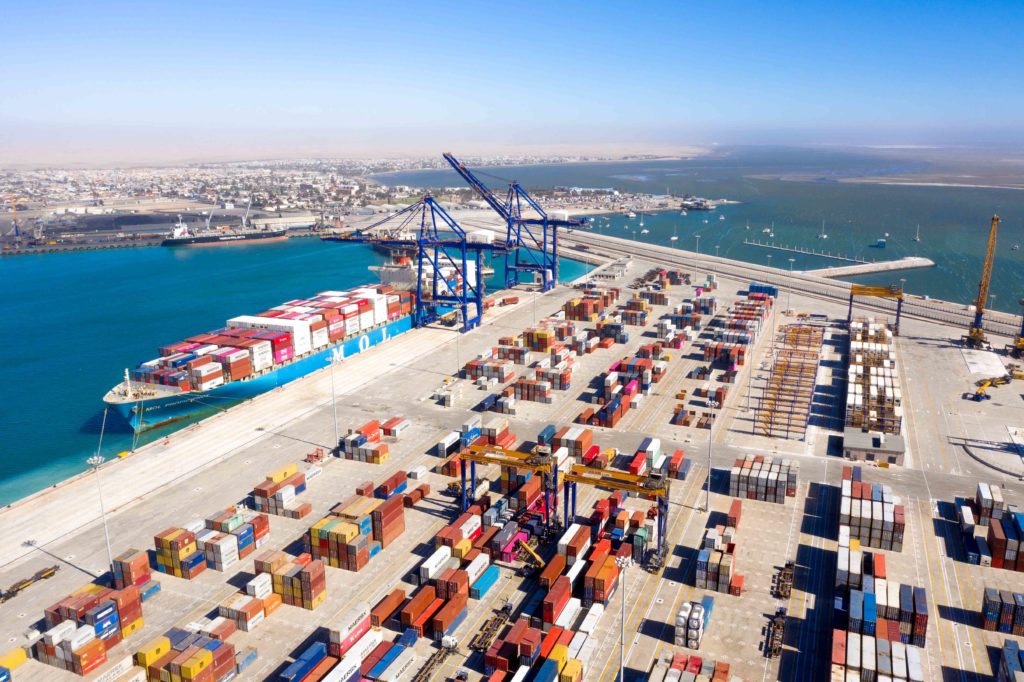
Hedging risks
Maersk has gone far up the supply chain to make sure its future demand for green fuels will be met, To secure investment in new production infrastructure, governments of developing countries will need to do the reverse, showing potential backers that there is confirmed demand. That corporate investment becomes all the more important as several developed countries appeared to be backing away from commitments to financially support to climate mitigation in emerging economies.
Ports have a key role to play in new energy supply chains. Many are seeing that the best way to offset their investments in developing the infrastructure connecting land and sea supply chains is to attract both the producers and the users of green fuels. Those in developing countries are no exception.
In Brazil, Porto do Açu is aiming to locate green fuel production and industrialisation in one place, with plans to entice producers of low-carbon steel and fertilisers made from green ammonia. They will use clean fuels generated from Brazil’s clean electricity grid – 85% is already from renewables – or direct from renewable sources, including one of three Brazilian windfarms with a combined production capacity of 100GW.
“We truly believe you can hedge these sources of new energy together against industrialisation and use this to attract the financing,” said Porto do Açu CEO José Firmo. “You’re not going to be building a case for one solution, you build a project based on the capacity of multiple sources and with multiple uses. It’s thinking big, but what we’ve seen in COP is that the size of the challenge requires big ambitions.”























